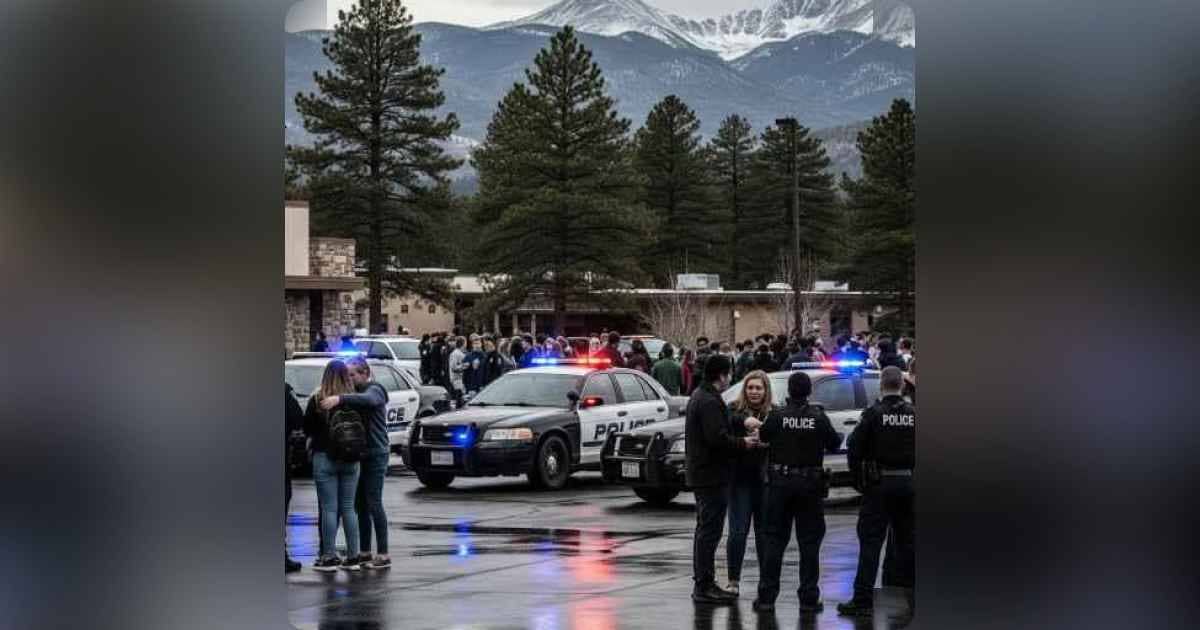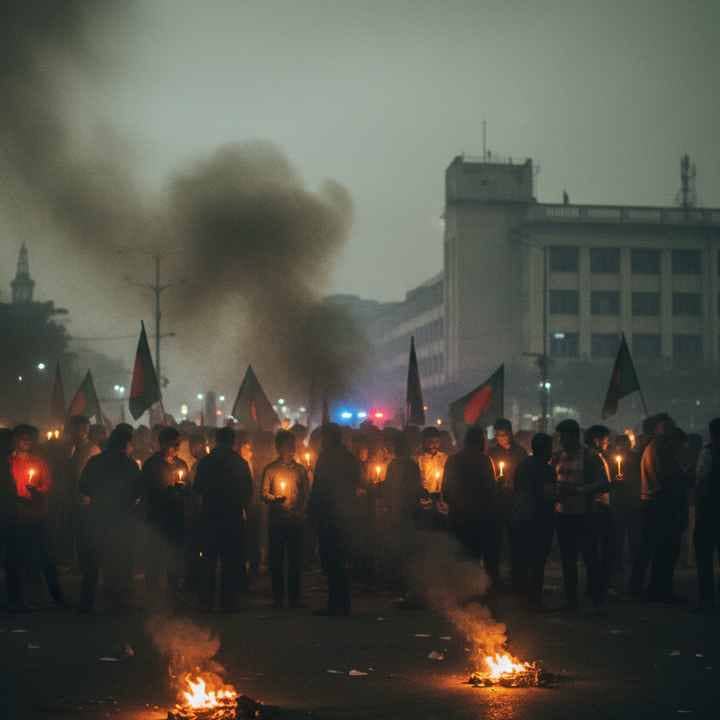
Evergreen High School Shooting: Colorado Community in Shock
September 10, 2025 – A tragic Colorado school shooting shakes Evergreen and Denver
On September 10, 2025, Evergreen High School in Evergreen, Colorado, near Denver, became the latest site of tragedy in the long, painful arc of school shootings in America. A student opened fire, injuring two classmates before fatally turning the gun on himself. The incident, while resolved in just minutes by law enforcement, has left a community in shock and raised urgent questions about safety, prevention, and how Colorado and the U.S. responds to recurrent violence in schools. (Chalkbeat)
What happened in Evergreen High School
Around 12:24 p.m. local time, the shooter a 16-year-old male student opened fire at Evergreen High School, which has about 900 students and is located roughly 30 miles west of Denver, in Jefferson County. (Colorado Public Radio)
Shots were fired both inside and outside the school building. Within minutes of the 911 call, law enforcement arrived; they encountered the shooter within roughly five minutes. (CBS News)
In the aftermath:
- Three students were transported to CommonSpirit St. Anthony Hospital. The shooter died by a self-inflicted gunshot wound. (Chalkbeat (1))
- One of the two surviving victims remains in critical condition; the other has been released as injuries were non-life-threatening. (CBS News (1))
- Hundreds of students witnessed the incident or were nearby; many were already fleeing or hiding when law enforcement secured the scene. (Chalkbeat again)
Evergreen High has been closed for the rest of the week, and a reunification center was set up at a nearby elementary school so families could connect with students. (CBS News again)
Context: Colorado & School Shootings in America
Colorado is not new to such tragedies. Many still carry the memory of the Columbine High School massacre in 199, also in Jefferson County, which claimed 14 lives and left an indelible mark on national conversations about gun control, mental health, and school security. (more on chalkbeat)
Across the United States, school shootings have become grim markers of recurring failures to protect children. Whether in suburban high schools, elementary schools, or other educational settings, these events prompt waves of grief, policy pledges, and often, little lasting change.
Legally, Colorado has taken some steps: expanded “red flag” laws, improved resources for school safety, and, after earlier shootings, including Columbine, schools in Jefferson County adopted pilot programs for violence prevention. But even those measures haven’t stopped the repeated shock waves when a new incident happens. (Chalkbeat →)
Reactions and Aftermath
In Evergreen, parents, students, teachers, and local leaders are trying to make sense of it. From the corridors of Evergreen High to the quiet woods that surround the town, people are struggling with both fear and sorrow. Many expressed the sentiment: they never thought something like this would happen “in Evergreen,” a place they once considered insulated from such horrors. (Colorado Public Radio (1))
Colorado Governor Jared Polis expressed condolences and said the state was working with local law enforcement to respond. School district officials have emphasized student safety and the need to address what they say is a recurring danger. (Colorado Newsline)
Some community groups, as well as educators, are calling for more than statements: for real policy shifts, funding for mental health, more comprehensive prevention programs, changes in how firearms are accessed, and better crisis response training. (Chalkbeat (5))
Key Questions Facing America
This latest shooting raises broader questions that many in Colorado and across the country are asking:
- How do we prevent school shootings before they happen?
- Early warning signs, mental health support, threat assessment teams all have been proposed as part of the solution.
- Are the existing laws enough and are they enforced well?
- Laws like Colorado’s red flag legislation and requirements for safe storage or secure firearm access are only parts of the equation. Gaps in enforcement and loopholes remain a concern.
- What is the role of the school and school district in preparing for crises?
- Ever since Columbine, many districts have run drills, installed security upgrades, and brought in school resource officers. Yet, during a real event, students’ and staff’s responses are still heavily influenced by what they know ahead of time.
- What becomes of survivors, witnesses, families, and entire communities?
- The trauma runs deep. Beyond the immediate physical harm, there is emotional, psychological fallout that can persist for years.
Conclusion: We Cannot Become Numb
The incident at Evergreen High School is not just another statistic. For those whose lives were touched directly and indirectly it’s a rupture. For public discourse, it's a reminder that school shootings are not isolated aberrations. They are part of a pattern in the United States that demands action.
In Colorado, in Denver, and in communities across America, there are no easy answers. But each time a tragedy like this strikes, the imperative grows: to do more than mourn, more than promise, and more than “thoughts and prayers.” It is time for systemic change in policy, in community safety, in how we care for young people.




